Berkeley Pit
The Berkeley Pit is a former open pit copper mine located in Butte, Montana, United States. It is one mile long by half a mile wide with an approximate depth of 1,780 feet (540 m). It is filled to a depth of about 900 feet (270 m) with water that is heavily acidic (2.5 pH level), about the acidity of cola or lemon juice. As a result, the pit is laden with heavy metals and dangerous chemicals that leach from the rock, including arsenic, cadmium, zinc, and sulfuric acid. http://en.wikipedia.org/w
-
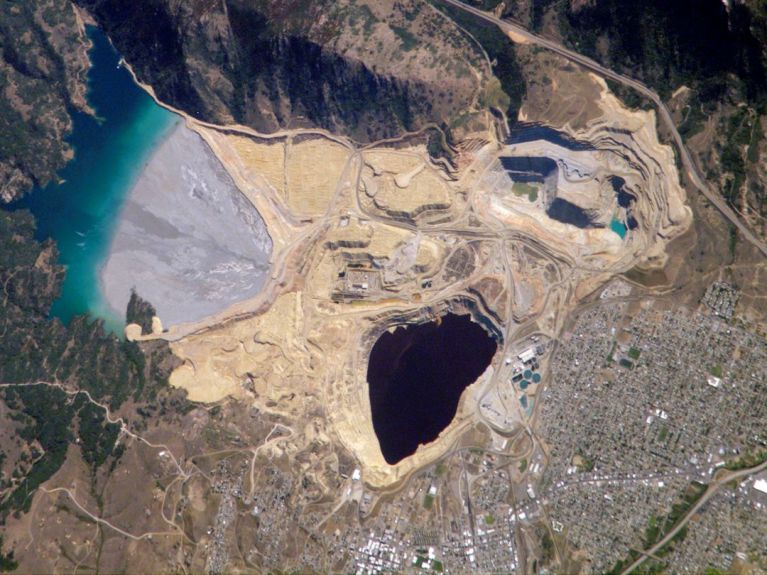
-
Copper from this former open-pit mine helped to electrify America. Now it is filled with more than 40 billion gallons of acidic water, heavy metals, and unique microscopic lifeforms.
The Berkeley Pit is a former open-pit copper mine in Butte Montana, and now one of the only places in the world where you can pay to see toxic waste; admission is two dollars. The sheer scale of the site is something to behold. In aerial photos, it appears simply as a huge black splotch.
The pit is one mile long by half a mile wide, and over 1780 feet deep, 1000 of which are filled with acidic water with high concentrations of heavy metals and toxic chemicals, including copper, iron, arsenic, cadmium, zinc, and sulfuric acid. The iron-rich water near the surface is reddish, yielding to a vibrant lime-green hue not far below the surface, where copper concentrations are higher. If you were to drink large amounts of this lovely concoction it would kill you by corroding through your digestive system.
The waste water is so saturated with copper that Montana Resources Inc., which operates the nearby Continental open-pit copper mine, is able to “mine” copper directly from the water. Berkeley Pit water, 13 million gallons per day, is pumped from the deeper, copper-rich part of the lake to nearby scrap iron holding ponds, causing the copper and iron to swap places. The resulting copper sludge yields up to 400,000 pounds of copper in one month. The now iron-rich water is pumped back into the Berkeley Pit, creating the waterfall seen on the northeastern rim.
In November 1995, a flock of migrating snow geese landed on the Berkeley Pit Lake. After several days of stormy weather and fog that prevented the birds from leaving, 342 were found dead. Initially, BP-ARCO and Montana Resources, the responsible parties for the Pit under federal Superfund law, denied that the toxic water had anything to do with the death of the geese, attributing the deaths to a previously acquired infection. These findings were disputed by the State of Montana on the basis of its own lab tests, which determined that excessive exposure to Pit water had corroded the birds’ esophagi. Since that time, the Pit has a 24-hour bird-watch program to prevent birds from landing in the water for more than a few hours.
Birds are not the only thing the State of Montana has to be concerned about. The water level in the Pit is constantly rising. The rate of rise has slowed in recent years to roughly one foot per month. As of December 2009, the water level in the Berkeley Pit was 5,284.98 feet above sea level. At 5,410, the “critical water level”, the Pit water would contaminate the nearby ground water of the Butte valley, home to more than 30,000 people. Through ground water flows, such contamination could potentially spread down the Clark Fork River, the largest drainage in western Montana; the mines of Butte sit at the headwaters. The community already pumps in drinking water from surrounding highland reservoirs and the Big Hole River, 20 miles away over the Continental Divide, because historic mining operations contaminated the valley aquifer.
A water treatment plant was built in 2003 to prevent the Berkeley Pit water from ever reaching that critical level. The plant, which is visible next to the waterfall on the northeast rim of the Pit, will begin to pump and treat Pit water before it would reach the critical level, currently projected around 2023. Treated Pit water will then either be used in Montana Resources nearby mining operations, or discharged to Silver Bow Creek, the primary headwater creek of the Clark Fork River. Currently, the plant is used to capture and treat surface water flowing from the north of the Pit, thus slowing the rate of rise.
Interestingly enough, new fungal and bacterial species have been found to have adapted to the harsh conditions inside the Pit. Intense competition for the limited resources caused these species to evolve the production of highly toxic compounds to improve survivability, some of which have been isolated from these organisms and show selective activity against cancer cell lines. Currently research continues.
The Berkeley pit was in operation from 1955 -- when several underground mines were combined to create it -- until 1982. Over that time, it swallowed several historic Butte neighborhoods. In 1982, ARCO shut down operations and turned off the underground pumps that had previously dewatered the mines beneath the Butte Hill, leading to the Pit lake we see today. Over the active lifespan of the mine approximately 320 million tons of ore and over 700 million tons of waste rock were mined from the Pit. In other words, it produced enough copper to pave a four-lane highway two inches thick from Chicago to New York, with enough left over to keep going to the tip of Long Island.





















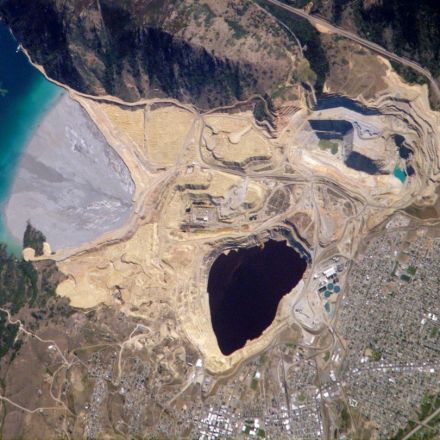


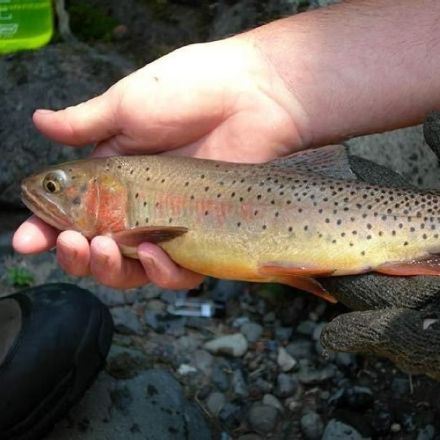
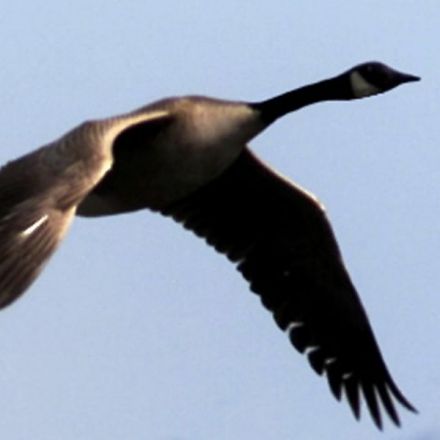
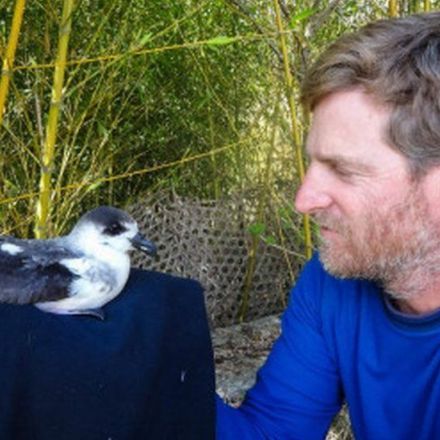
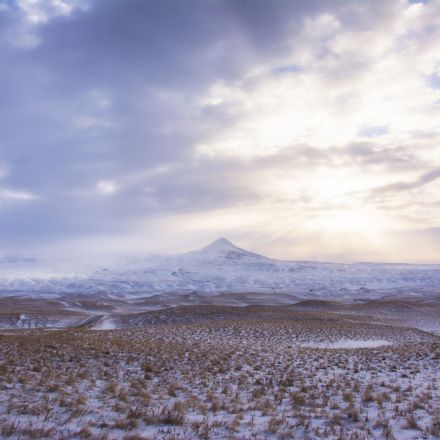
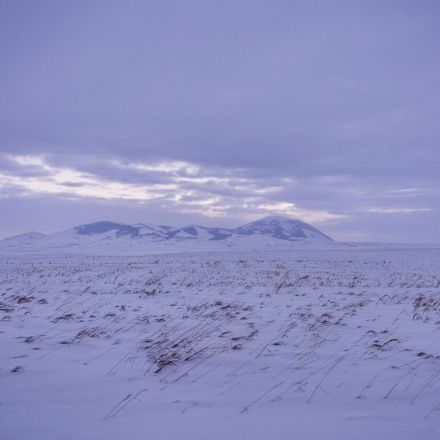
Join the Discussion